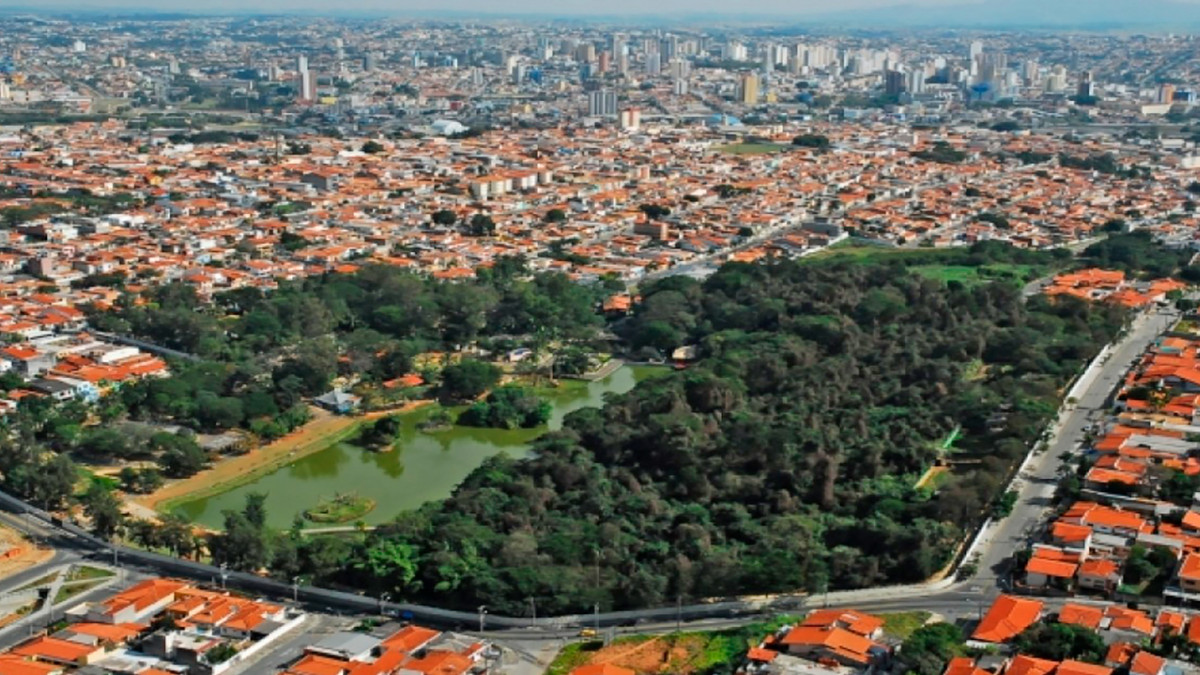Sorocaba is a city located in the state of São Paulo in Brazil. It is situated in the southeastern part of the country, about 87 miles (140 kilometers) northwest of the city of São Paulo. Sorocaba has a population of approximately 678,000 people and is known for its vibrant culture and thriving economy.
The official language of Sorocaba is Portuguese, but many residents also speak English, as the city is home to many international companies. The cuisine in Sorocaba is typical of the region, with dishes such as feijoada, a hearty stew made with beans and meat, and churrasco, a barbecue dish, being popular.
Sorocaba is known for its industrial sector and is home to several major companies, including Caterpillar and Whirlpool. The city is also a hub for research and development, with many universities and research institutions based in the area and a huge student population.
Fun Facts about Sorocaba:
- The city is home to the Universidade de Sorocaba, a public university that was founded in 1977.
- Sorocaba is known for its annual Festa Junina, a traditional festival that celebrates the culture of the northeast of Brazil.
- Sorocaba has many parks and green spaces, including the Parque das Águas, which features a lake and trails for hiking.
Major Attractions
The Sorocaba Botanical Garden is a popular destination, with various plants and flowers on display. In addition, there are many exhibits to explore, including cactus and Japanese gardens. The botanical garden was founded in 1971 and is a popular destination for visitors and locals alike.
The Sorocaba Zoo is home to various animals, including mammals, birds, reptiles, and amphibians. The zoo is located in the city’s center and is a popular destination for families and school groups. The zoo was founded in the 1960s and is known for its conservation efforts and its educational programs.
The Fazenda Móveis Museum is a museum of furniture and decorative arts. The museum is located in a historic farmhouse and features a collection of furniture and decorative objects from the 19th and 20th centuries. The museum is a popular destination for those interested in furniture design and decorative arts history.







What do you think?
Show comments / Leave a comment